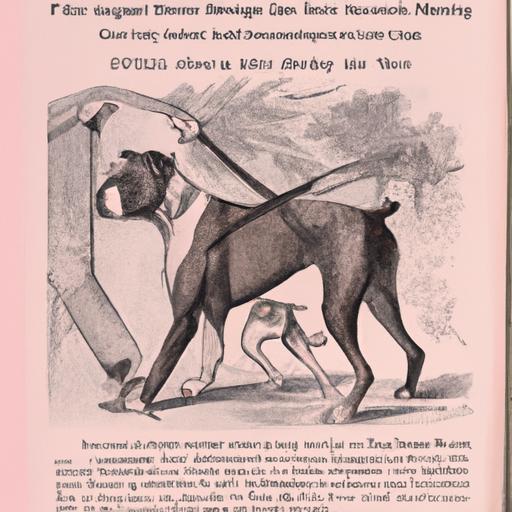Boxers are a breed of working dogs that are known for their muscular build, high energy levels, and playful personalities. Training these dogs requires patience, consistency, and an understanding of their unique needs. In this guide, we’ll take a comprehensive look at how to train boxer dogs, covering everything from basic obedience training to addressing common behavioral issues.
Table of Contents
- Understanding Boxer Dogs
- Obedience Training
- Socialization
- Addressing Behavioral Issues
- Health and Exercise
- Frequently Asked Questions
Key Takeaways
- Understanding the boxer breed is key to successful training.
- Consistency and patience are essential in obedience training.
- Socialization is crucial for a well-rounded boxer.
- Addressing behavioral issues effectively requires understanding their root causes.
- Regular health checks and exercise are integral to a boxer’s wellbeing.
Understanding Boxer Dogs
When training a boxer, it’s crucial to understand their breed characteristics and traits. Boxers are intelligent, high-energy dogs that require plenty of mental and physical stimulation. They’re a loyal breed, known for their protective nature. They’re also naturally social and thrive on companionship.
Boxers are considered a ‘working’ breed. They were originally bred to be hunting companions, which means they have a high prey drive and can be stubborn at times. But don’t let this deter you; with the right training approach, they make excellent family pets. Visit this American Kennel Club link for more detailed information about the breed.
Obedience Training
When training a boxer, consistency is key. They respond well to positive reinforcement and rewards-based training. Start by teaching them the basic commands such as ‘sit’, ‘stay’, ‘come’, and ‘heel’.
- Sit: Hold a treat above their head and move it back over their body so that they have to sit to keep their eyes on it. When they sit, reward them with the treat.
- Stay: Ask your dog to sit, then take a step back while saying ‘stay’. Reward them if they stay put.
- Come: Call their name and say ‘come’. Reward them when they come towards you.
- Heel: This command is used to keep your dog walking close by your side during walks.
Remember, it’s important to train them in a quiet environment initially to avoid distractions. Gradually add distractions as they become more proficient. For more in-depth guidance on obedience training, check out this excellent online resource.
Socialization
Socializing your boxer is crucial for their development. Introduce them to a variety of people, environments, and other animals to help them become well-rounded. Boxer dogs are known for their love of play, and playdates with other dogs can be a great way to socialize them. Check this guide for more tips on socializing your dog.
Addressing Behavioral Issues
Behavioral issues in boxers can stem from a variety of causes – boredom, lack of exercise, or even separation anxiety. Boxers are prone to certain behavioral issues like excessive barking, digging, or chewing due to their high energy levels.
To address these issues, ensure your boxer is getting plenty of exercise and mental stimulation. If the problem persists, it may be worth consulting a professional dog trainer or behaviorist. For more advice on dealing with behavioral issues, visit this page.
Health and Exercise
Boxers are an active breed and regular exercise is crucial for their wellbeing. They love to run, play, and fetch, making them great companions for active families. Regular health checks are also important to keep your boxer in the best shape. Check out this article for more health tips for your boxer.
Frequently Asked Questions
- What is the best way to potty train a boxer?
Consistency is key when potty training a boxer. Take them out at regular intervals and reward them when they do their business outside. - Are boxers easy to train?
While boxers can be stubborn, they are also intelligent and eager to please. With consistent, positive reinforcement, they can be trained effectively. - Why does my boxer chew everything?
Chewing can be a sign of boredom or anxiety. Make sure your boxer has plenty of toys to chew on and gets enough exercise.
In conclusion, training a boxer requires a good understanding of the breed, patience, and consistency. With the right approach, your boxer can be a well-behaved and loyal companion.



